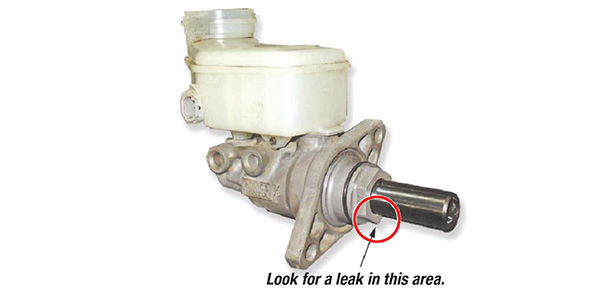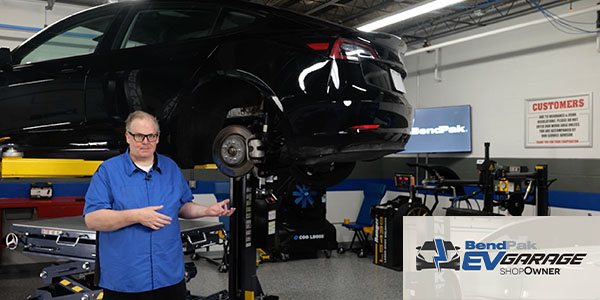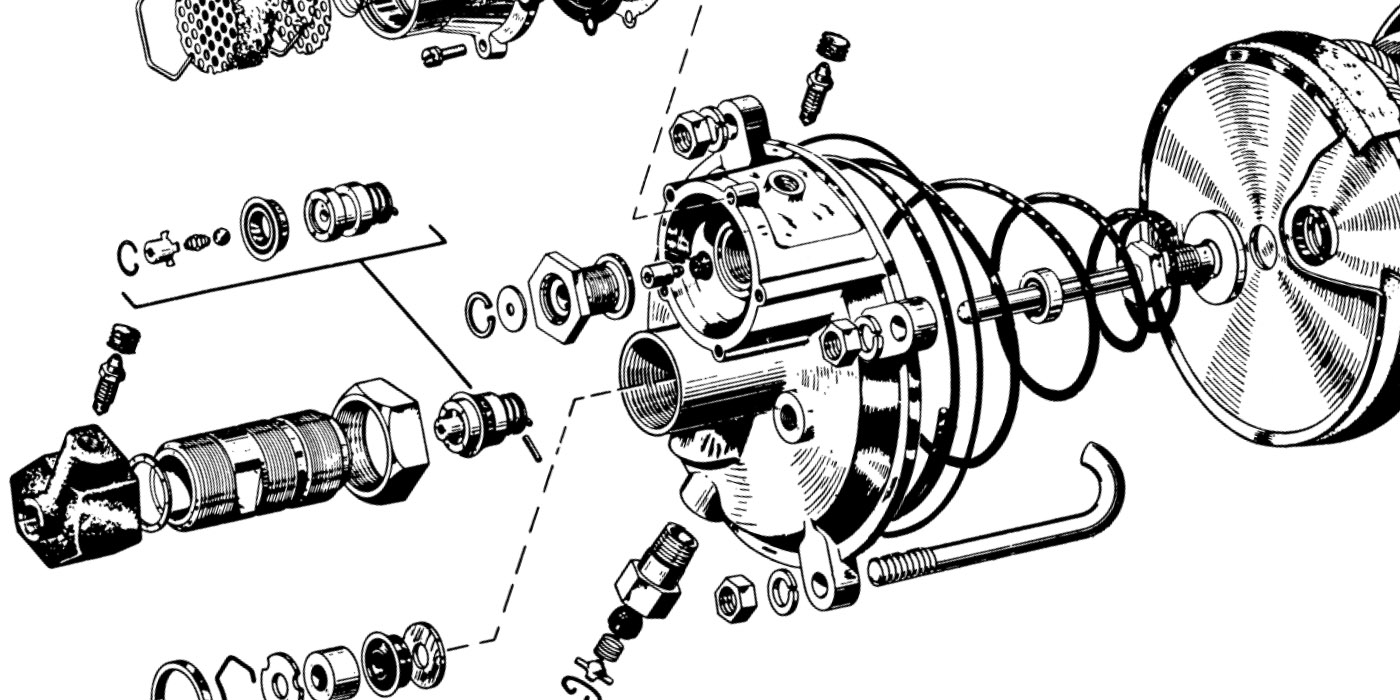TSBs are an addendum to the factory service manual and typically are the product of the OEM solving problems in the field. The majority of TSBs address problems you see at your shop including pulsating brakes, leaks and noise.
Top TSB: Pulsation
Just about every OEM has issued a TSB about brake pedal pulsation and judder in the past 18 months. I am going to save you from looking each up because all of them have the same causes and solutions.
Brake pedal feedback in the form of pulsation and judder can destroy a vehicle’s reputation and the dealership’s relationship with the customer.
The first step in all of the TSBs is to measure and record for warranty pay the runout in the rotor with it torqued down to the wheel bearing flange to measure installed runout. Next, is a measuring of brake rotor thickness in six to 10 locations. Last, the OEM asks technicians to measure the runout in the flange. The next step in all of these TSBs is to correct the runout. The correction typically involves the use of an on-the-car brake lathe or indexing the rotor to minimize runout. If the rotor has too little material, the OEM will instruct the technician to replace the rotor and then use an on-the-car brake lathe.
The on-the-car brake lathe removes the runout by cutting the rotor in the rotation plane of the flange. If there is no runout, the chance for developing disc thickness and eventually pulsation is negated.
Nowhere in these TSBs do they recommend replacing the rotor without verifying disc thickness variation or runout.
Brake Fluid Leaks at the Master Cylinder
Acura/Honda, GM and Toyota have issued TSBs and recalls in recent years about leaking master cylinders. The issue is not defective seals, it is an issue with the brake fluid. Most TSBs warn that brake fluid that is not specified is damaging the seals. Some say that the problem is customers pouring in lower- or higher-grade brake fluids that are not compatible with the factory brake fluid. Some manufacturers blame themselves for installing the wrong fluid at the factory.
Some even go as far as specifying an OEM DOT 3 or 4 fluid.
So what is the independent shop to do to avoid problems with your customer’s vehicles? The first rule is to abide by the DOT recommendation. If the system specifies a DOT 3 fluid, go with a high-quality DOT 3 brake fluid. If the system specifies a DOT 4 brake fluid, go with a high-quality DOT 4 fluid. Upgrading a fluid to a DOT 5.1 or super high-performance fluid might cause two problems. First, the fluid might not be compatible with the internal materials in the brake system. Second, the fluid might not be the same viscosity or have similar characteristics as the stock fluid. This can impact ABS and ESC performance.
Some Brake Noise is Normal
Just about every OEM has issued a TSB regarding brake noise. The most interesting trend in TSBs is discussing what noises are normal and do not warrant any action. A lot of OEMs have made the transition to NAO and ceramic brake formulation on the majority of their vehicles. Some of these friction materials can make noise when they are cold or first applied. Some of the sounds are attributed to high-humidity conditions and even a fine layer of corrosion.














